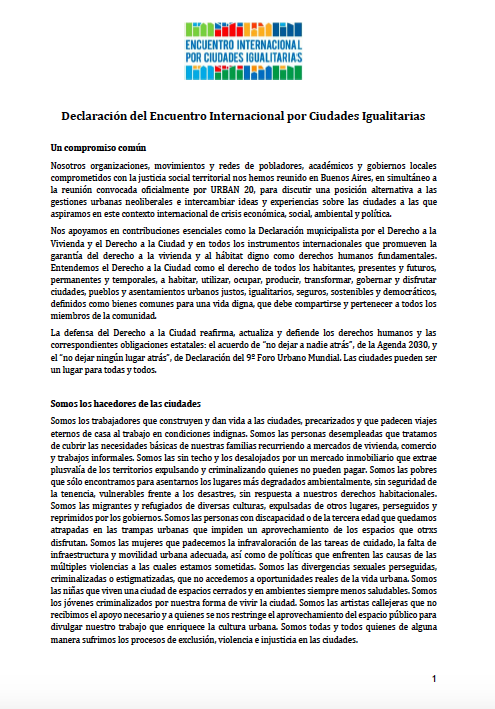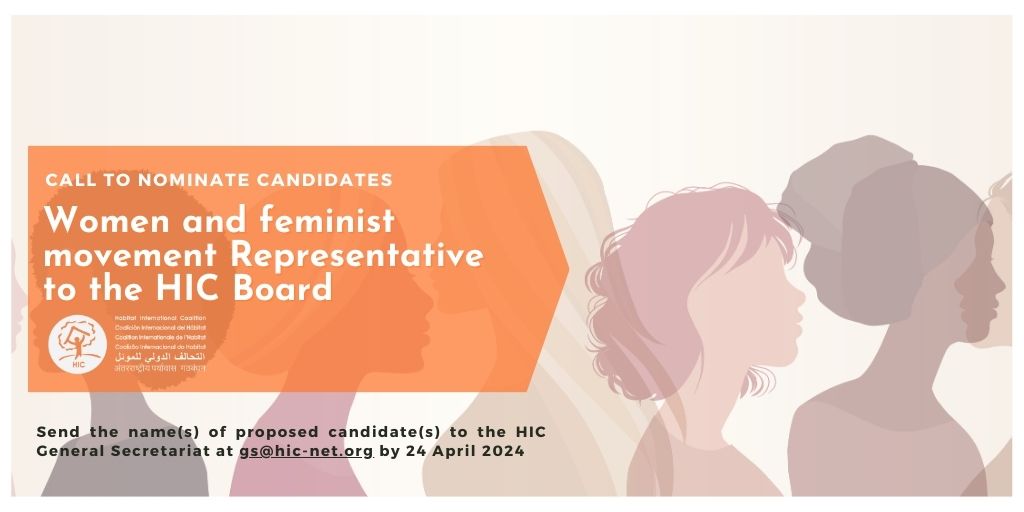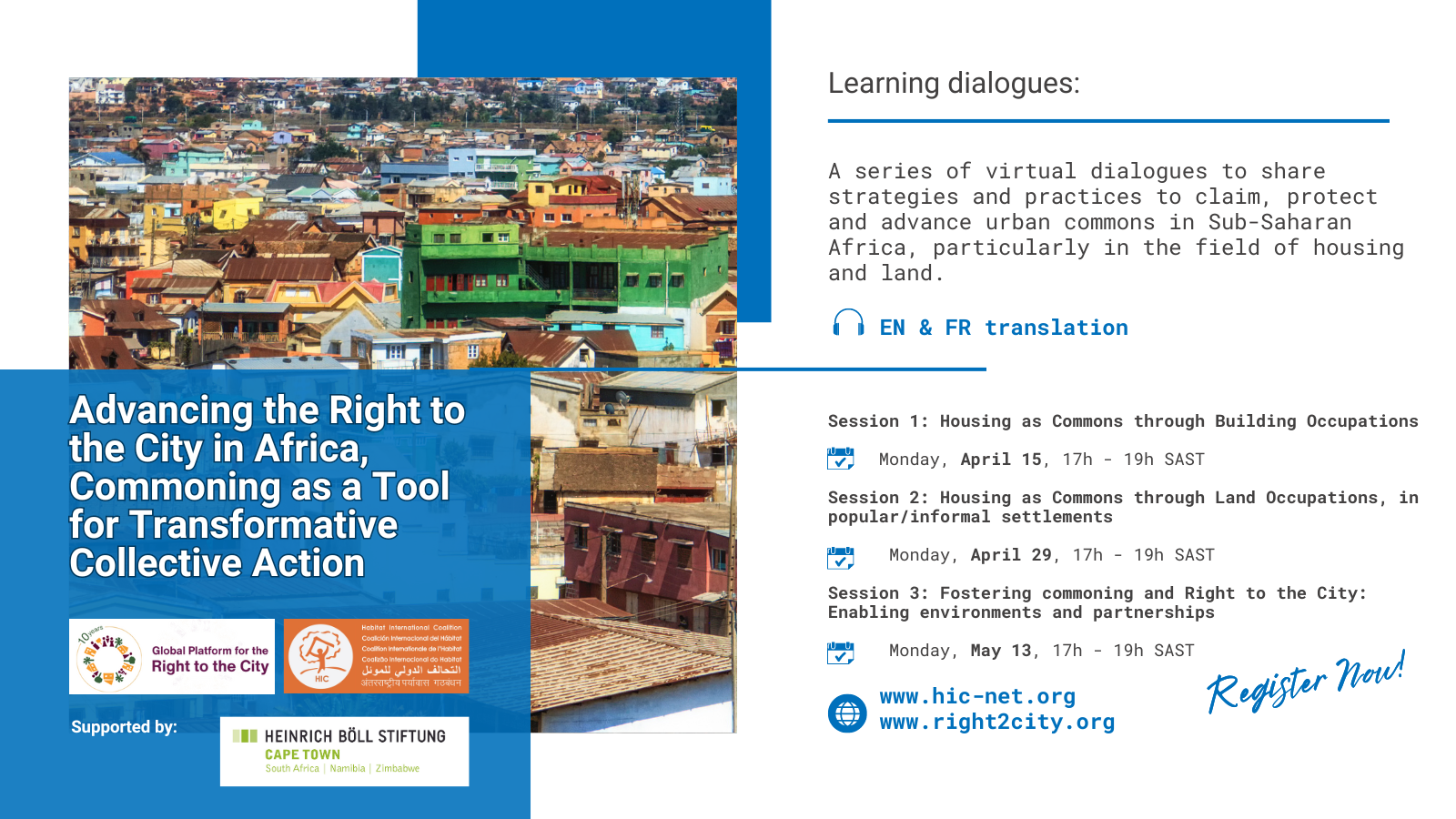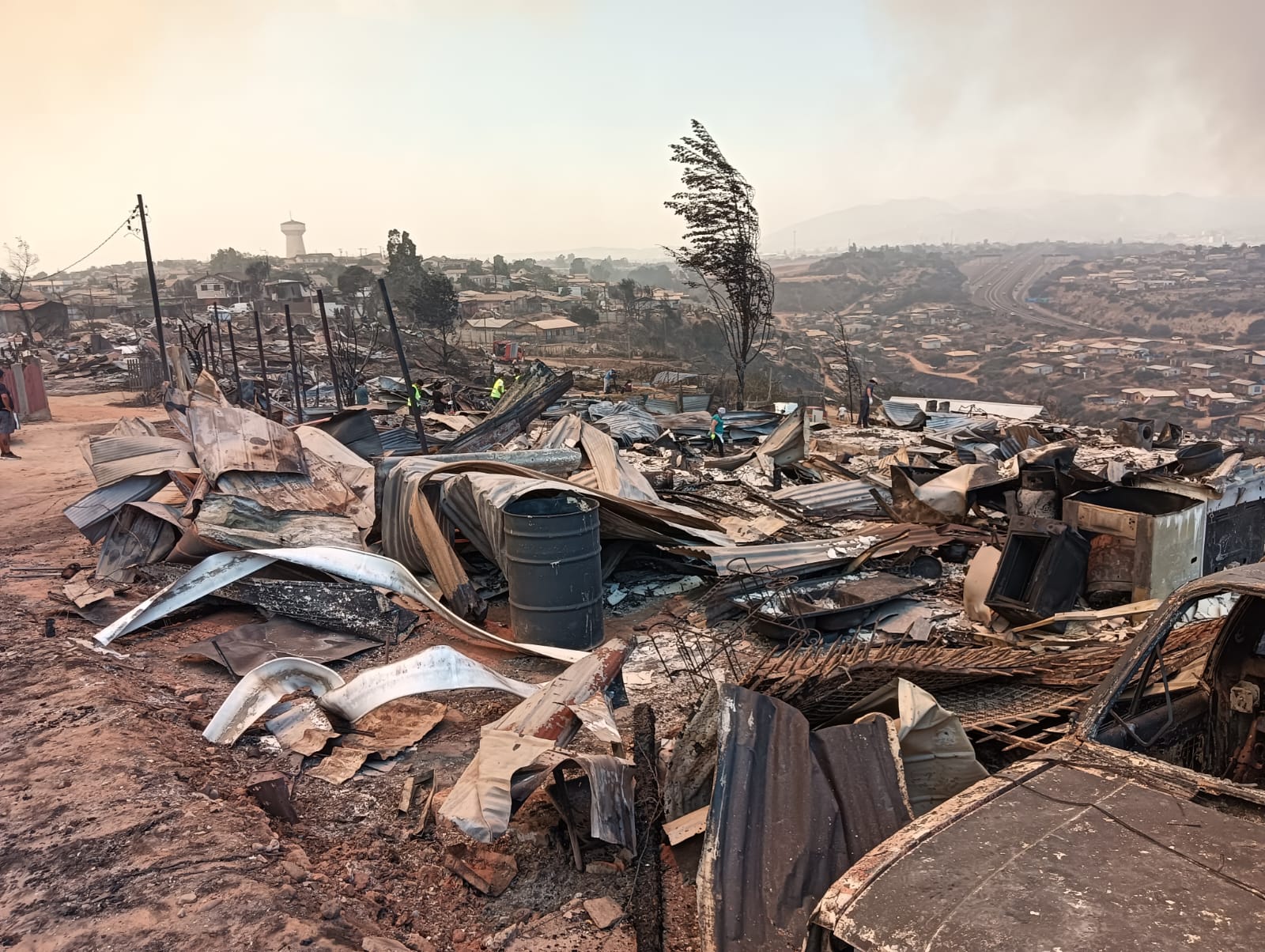The Arab Bedouins have been living as an integral part of the Palestinian people for centuries. In the southern region of Palestine, historically known as al-Naqab (more-recently called ha Negev, in Hebrew), they traditionally lived in small clusters on collectively held, semiarid lands. These settlements became villages well before the 1948 conquest of Palestine by Israeli forces.
Although much of their territory was split between the Arab and Jewish States recommended in General Assembly resolution 181 (1947), they found themselves and their lands completely devoured by a self-proclaimed State of Israel. Zionist “national institutions and successive Israeli governments forcibly removed them onto continuously shrinking plots of land, giving their national resources instead to Jewish settlers, who enjoy material privileges under Israeli law as “Jewish nationals, at the expense of Palestine’s indigenous people. Traditionally dependent on their lands and flocks for their livelihood, this dispossession plunged the Bedouin into progressive indigence.
The official denial of their rightful existence invented a new planning category of “unrecognized villages, perpetually ineligible for secure tenure and public services. While other areas of Palestine were the primary focus of intensive Jewish settlement, the Naqab (and other remote areas) became an increasing target of Israeli State confiscation since the 1980s, when a series of legal and administrative pretexts accelerated house demolitions, land confiscation and forced removal of the Bedouins into planned concentrations (rekuzim, in official Hebrew).
The community of 45 unrecognized villages has banded together to defend themselves against further dispossession, demolition and forced removal through social mobilization, alternative planning, legal defense, petitioning for recognition and services, as well as reconstruction. This program has arisen from the consolidation of local social capital in the form of the Regional Council of Unrecognized Villages of the Naqab.
The fact that the RCUVN was not affiliated with any party gave the opportunity to different parties to join in the different actives. This involvement gave a wider recognition to this harsh situation and more difficult atmosphere for the government to implement its destructive plans.
The RCUVN realized the strength of its diversity and complementary organizational structure. For their part, the traditional tribe sheikhs worked together, joined by the professionals and, later, by the RCUVN employees and, eventually, civil society.
However, these efforts also met with a form of backlash from government hardliners, as well as from national institutions. The World Zionist Organization, normally concentrating on colonization of the West Bank and Gaza Strip, and deferring to its sister institution inside the Green Line, recently has engaged in the management of confiscated Bedouin assets inside Israel and the colonization of the Naqab. In summary, that has seen an increase in house destruction and land poisoning, and by the government”s legal campaign to criminalize the community.
The challenges faced and the strategies applied in the case of the unrecognized villages of the Naqab are classic features of any land-based people’s struggle against colonization and dispossession. In that sense, the experience is eminently transferable. Nonetheless, Israel”s policy in the Naqab and the forms of discrimination against the indigenous people of Palestine has some unique features. These arise from the two-tiered civil status under Israeli law, the absence of an Israeli nationality, while Jewish nationality is a status recognized in local law by national institutions as conferring superior rights and privileges on those holding that status, no matter where in the world those individuals may live and/or hold citizenship.
This international dimension of the problem is unique, as is the contradiction of those Zionist national institutions (e.g., WZO/JA, JNF, etc.) operating as Israeli State organs while, at once, also registered and functioning as taxexempt charities in some 50 countries around the world. These unique features working to the further dispossession of the indigenous Palestinian people may suggest this particular social production experience to be irreplaceable. However, the same characteristics form an arguable basis also for extending the social mobilization and solidarity extraterritorially to where the international recruitment and financing for population transfer and colonization goes so far unchallenged.
Read the full text at:




